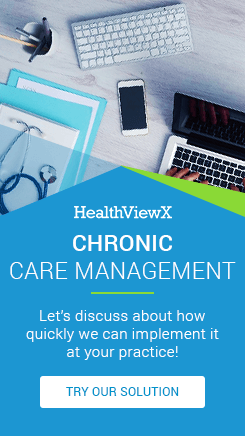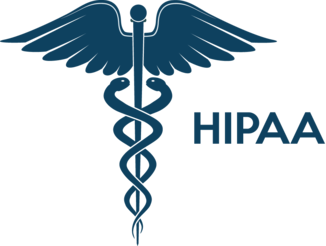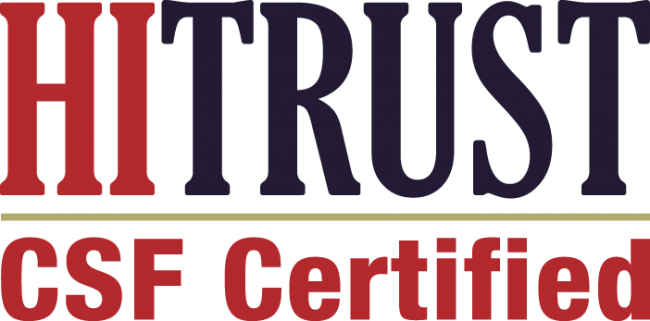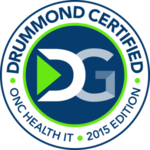In today’s complex healthcare landscape, one of the most significant barriers to delivering quality patient care isn’t a lack of data, it’s the inability to access and share that data seamlessly across different systems. HealthViewX has developed a powerful solution to this challenge: HealthBridge, a proprietary bi-directional interoperability engine designed to orchestrate healthcare data across the entire continuum of care.
The Interoperability Crisis in Healthcare
Healthcare organizations are drowning in data, yet struggling to access the information they need when they need it most. The statistics paint a sobering picture of the current state of healthcare interoperability:
- Less than half (46%) of hospitals have required patient information from outside providers available electronically at the point of care
- Only 38% of hospitals can integrate external healthcare data into their EHR systems without manual entry
- 55% of hospitals cite their exchange partners’ EHR systems’ inability to receive data as a major barrier
The root of the problem lies in how healthcare systems were designed. Conventional EHRs were never built to serve as central hubs for population health management. Approximately 80% of EHR data remains unstructured and siloed, capturing only fragments of a patient’s complete health journey. These systems lack the robust registries needed for comprehensive care management across entire populations.
Introducing HealthBridge: The Solution to Healthcare Data Fragmentation
HealthBridge is HealthViewX’s answer to the interoperability challenge—a comprehensive, end-to-end orchestration platform that enables seamless bi-directional integration with multiple health information systems including EMR/EHRs, Hospital Management Systems (HMS), Population Health Management Systems (PHMS), Laboratory Information Systems (LIS), and more.
What sets HealthBridge apart is its ability to communicate data between multiple health systems with remarkable simplicity, security, and scalability. The engine isn’t just another integration tool, it’s a sophisticated data orchestration platform that transforms how healthcare organizations manage and exchange information.
Comprehensive Integration Capabilities
HealthBridge supports an extensive range of integration standards and formats:
- API integrations for modern, RESTful connectivity
- HL7 v2 for traditional healthcare messaging
- FHIR standards (both DSTU2 and R4) for next-generation interoperability
- JSON and XML for flexible data exchange
- Custom integrations including database connections and file-based transfers
This versatility ensures that HealthBridge can connect with virtually any healthcare system, regardless of age, vendor, or technical architecture—whether on-premises or cloud-hosted.
How HealthBridge Works: A Technical Deep Dive
HealthBridge operates through a sophisticated, multi-stage process that ensures data flows seamlessly across healthcare ecosystems:
1. Comprehensive Data Management
The engine manages a complete spectrum of healthcare data models including:
- Patient demographics and charts
- Medications and allergies
- Medical conditions and diagnoses
- Billing and insurance information
- Care plans and clinical protocols
- Vital signs and physiological data
- Patient activities and engagement metrics
- Referrals and care transitions
- Laboratory orders and results
2. Real-Time Data Processing
HealthBridge handles all data types in real-time by continuously polling external sources. This ensures that healthcare providers always have access to the most current patient information, enabling timely clinical decisions and interventions.
3. Intelligent Data Wrangling
One of HealthBridge’s most powerful features is its data wrangling capability. The engine follows strict Schema principles to validate external data before injecting it into the system. This ensures data quality, consistency, and integrity across all integrated systems—critical factors for patient safety and regulatory compliance.
4. Flexible Data Output
After processing, HealthBridge writes data back to the originating system or routes it to third-party systems in the preferred format and through the appropriate process. This bi-directional capability ensures that all systems in the care ecosystem remain synchronized.
5. Multiple Connectivity Options
HealthBridge offers diverse connectivity mechanisms to accommodate various integration scenarios:
- Database Reader for direct database connections
- File Reader for batch file processing
- HTTPS listeners for web-based integrations
- Custom Reader for unique data sources
- TCP listener for legacy system connectivity
- Direct Messaging for secure, point-to-point communication
Key Advantages That Set HealthBridge Apart
Universal Data Exchange: HealthBridge’s support for multiple data exchange modes (HL7, FHIR, database connections, JSON, and more) means it can bridge virtually any healthcare systems, eliminating the “walled garden” problem that has plagued healthcare IT for decades.
Hybrid Cloud Compatibility: Whether your applications are hosted on-premises, in the cloud, or in a hybrid environment, HealthBridge seamlessly interacts with all deployment models, providing maximum flexibility for healthcare organizations at any stage of their digital transformation journey.
Flexible Data Modeling: HealthBridge adapts its data models based on the specific needs and sources of each integration, rather than forcing organizations into rigid, one-size-fits-all structures. This flexibility accelerates implementation and reduces customization costs.
Vendor-Agnostic Architecture: Unlike proprietary integration solutions that lock you into specific vendors or platforms, HealthBridge isn’t limited to any particular external healthcare applications. This future-proofs your interoperability infrastructure as your technology ecosystem evolves.
Security and Compliance: With healthcare data breaches becoming increasingly common and costly, HealthBridge prioritizes security at every layer, ensuring that sensitive patient information remains protected throughout the integration process while maintaining compliance with HIPAA and other regulatory requirements.
The Business Impact of Seamless Interoperability
Implementing HealthBridge delivers tangible benefits across the healthcare organization:
Enhanced Clinical Outcomes: When providers have complete, real-time access to patient information from all care settings, they can make better-informed decisions, reduce medical errors, and deliver more personalized care.
Operational Efficiency: Eliminating manual data entry and reducing the time spent searching for information across multiple systems frees clinical staff to focus on patient care rather than administrative tasks.
Improved Patient Experience: Patients benefit from better care coordination, fewer redundant tests, and reduced friction in care transitions—all enabled by seamless data exchange.
Population Health Management: With data flowing freely across systems, healthcare organizations can develop comprehensive patient registries, identify at-risk populations, and implement proactive interventions at scale.
Financial Performance: Better interoperability reduces duplicate testing, prevents denials due to missing information, and enables more accurate coding and billing.
Looking Forward: The Future of Healthcare Interoperability
As healthcare continues its digital transformation, the importance of robust interoperability solutions like HealthBridge will only grow. The shift toward value-based care, the proliferation of digital health tools, and the increasing patient demand for coordinated care all require sophisticated data orchestration capabilities.
HealthBridge represents more than just a technical solution—it’s a strategic enabler that allows healthcare organizations to break free from data silos, connect their entire care ecosystem, and ultimately deliver better outcomes for the patients they serve.
For healthcare organizations struggling with fragmented data, disconnected systems, or the limitations of legacy EHRs, HealthBridge offers a path forward. It’s not just about moving data from point A to point B—it’s about creating a unified, intelligent healthcare information ecosystem where the right information reaches the right person at the right time, every time.
Ready to transform your healthcare data infrastructure? Learn how HealthBridge can elevate your organization’s interoperability capabilities and improve patient outcomes across your entire care continuum.


